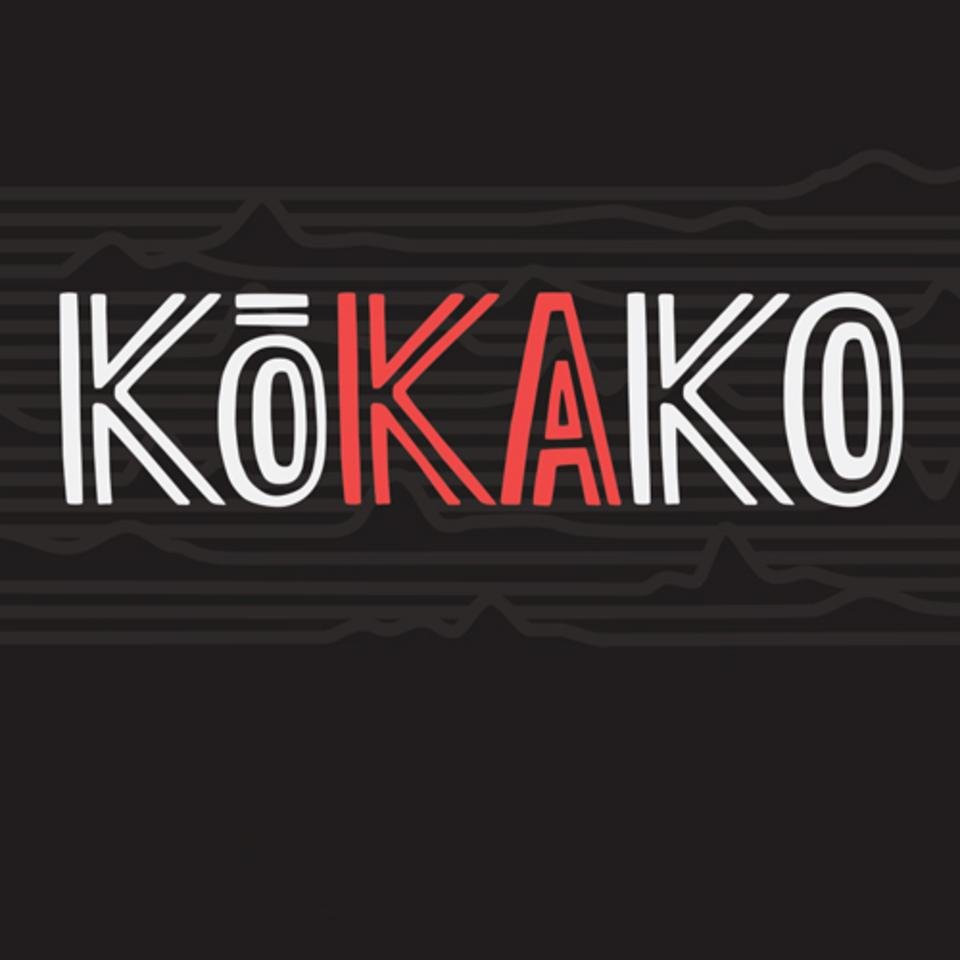Dragonfly’s innovative technology to digitally monitor the proportion of Māori language broadcast on radio and television has been branded as Kōkako.
A rare New Zealand songbird, the kōkako (core-kar-coh) has an evocative flute-like call, as its onomatopoeic Māori name suggests. Edward felt the sound quality of the word, as well as the bird’s uniqueness, was right for their successful world-first project.
Commissioned by Te Māngai Pāho, New Zealand’s Māori broadcasting agency, the technology separates programmes into short sound packets that are classified as Te Reo (Māori language), English or music. Since iwi (Māori) radio stations are funded to provide a specific amount of content in Te Reo, Kōkako enables the broadcasters to flip between languages (instead of delivering Māori content in longer chunks) but still meet their programming targets.
Edward was invited to talk about Kōkako at a hui (gathering) of iwi radio station managers held at Whitireia’s New Zealand Radio Training School in Auckland on 29 August. He said the time was a valuable opportunity to connect with the main users of the technology and very positive.
“They’re excited that it supports a more bilingual approach to programming. Naturally the managers want to make sure our metrics are right so their Māori language content is measured correctly, and are keen to have a user-friendly web interface.”
“Looking ahead to the next stage, they also asked if it would be able to help with differentiating different dialects of Māori, and whether it could tell New Zealand Māori apart from Cook Islands Māori, Samoan and other Pacific languages.”
Edward says putting the Kōkako brand around the technology will enable it to travel further.
“Te Māngai Pāho have had interest in it from overseas, so we have a really exciting possibility of working to help revitalise other languages around the world.”
Besides spoken language, Richard Mansfield at Dragonfly has used Echoprint, an open source music identification system, to identify plays of Māori music on the radio stations.
“The live product isn’t too far away now”, says Edward. “The web-based dashboard is currently being designed, which is where the radio stations will see how their Te Reo content is tracking by the hour and by the day. After that it will be connected to the engineering in the background and we’ll be away.”
Read a case study about how we developed this technology.
Kōkako uses Recurrent Neural Network software developed by Douglas Bagnall, which is openly available.


